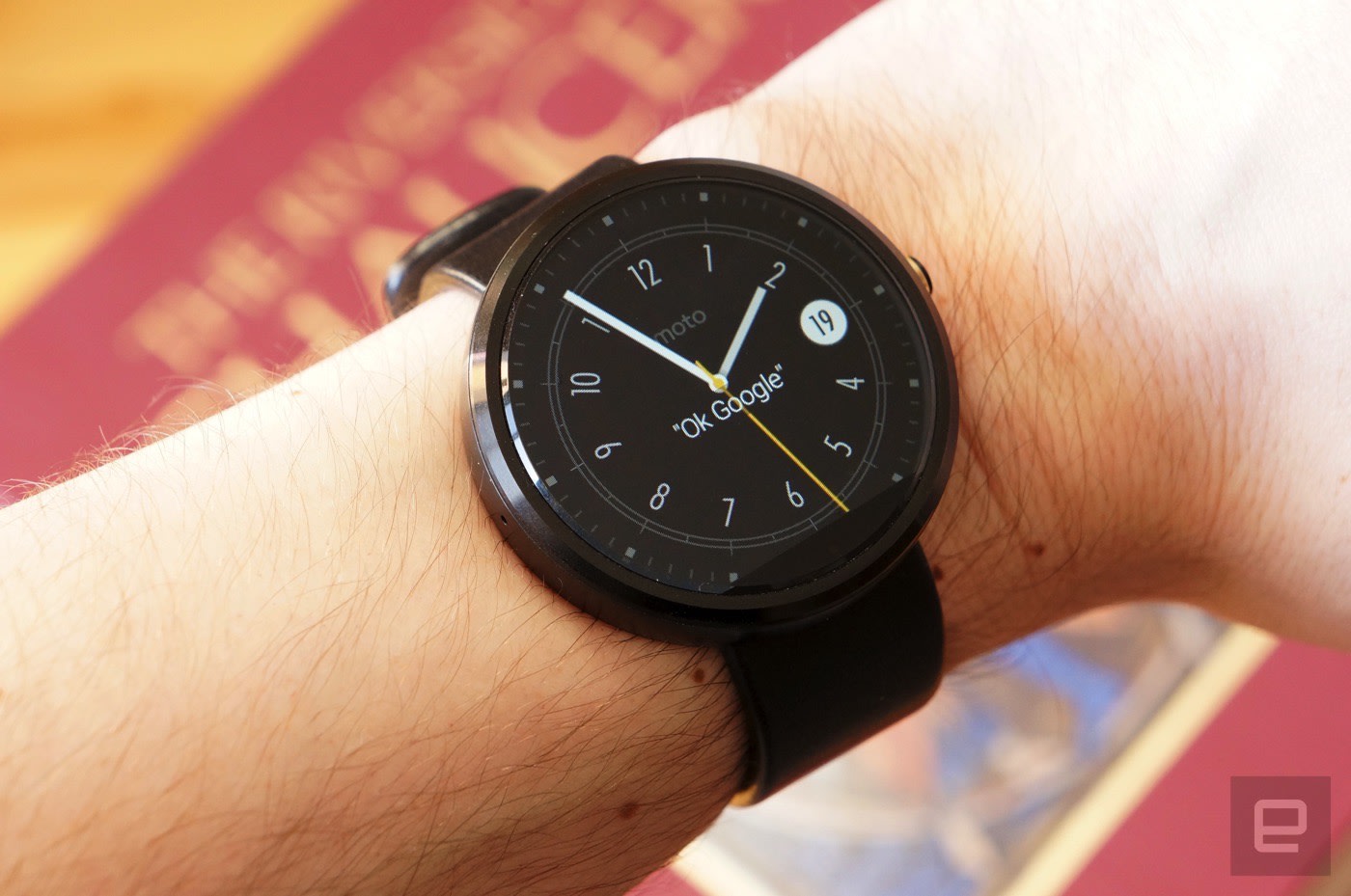Steps starts from here:
Step:1 > First download and install one small android
app called "IP Webcam" from playstore.Its free available in playstore.
Download and install it.
Step:2 > After installing start the mobile portable hotspot from your mobile and connect it from your laptop or from your pc. (no need to start mobile data just start and connect hotspot).
Step:3 > After that start the "IP Webcam" from your android.
Step:2 > After installing start the mobile portable hotspot from your mobile and connect it from your laptop or from your pc. (no need to start mobile data just start and connect hotspot).
Step:3 > After that start the "IP Webcam" from your android.
Step:4 > Once ip web cam started scroll down and reach at the end of the application page.Find out "start server". and click on it.
Step:5 > Now, at the end of the screen you should find some ipv4 links. note it down and now its time to start your pc. start your pc and open any web browser(e.g. chrome, mozilla, safari...etc) from your pc.
Step:6 > In your web browser type that link given at the bottom of your android screen and hit enter. It should bring up the home screen of ip webcam.
Step:7 > Now, in home screen as video render select the browser and as audio select html5.
Step:5 > Now, at the end of the screen you should find some ipv4 links. note it down and now its time to start your pc. start your pc and open any web browser(e.g. chrome, mozilla, safari...etc) from your pc.
Step:6 > In your web browser type that link given at the bottom of your android screen and hit enter. It should bring up the home screen of ip webcam.
Step:7 > Now, in home screen as video render select the browser and as audio select html5.
Step:8 > That shit..our
android converted into a camera. Fix your android into any corner of
your home and see the live cctv footage. Check other options in
advance settings.If you want to start video recording you can start it
by pressing the red button in the screen.It's start the recording and
when you stop this recording its save it in memory.You can view your saved video from video archives.



